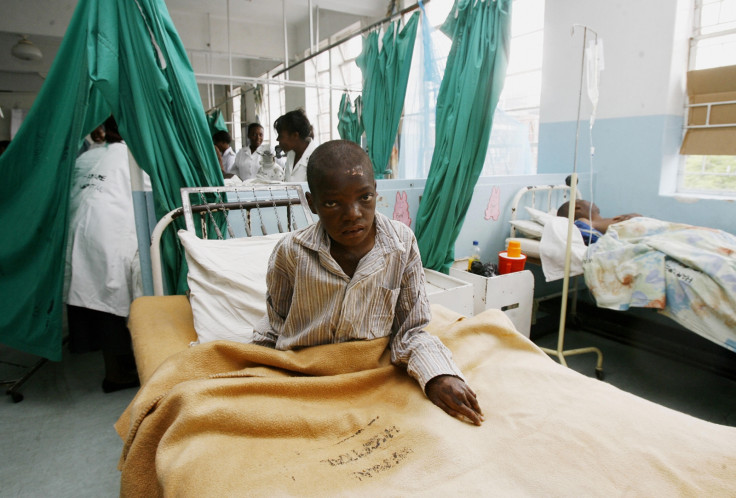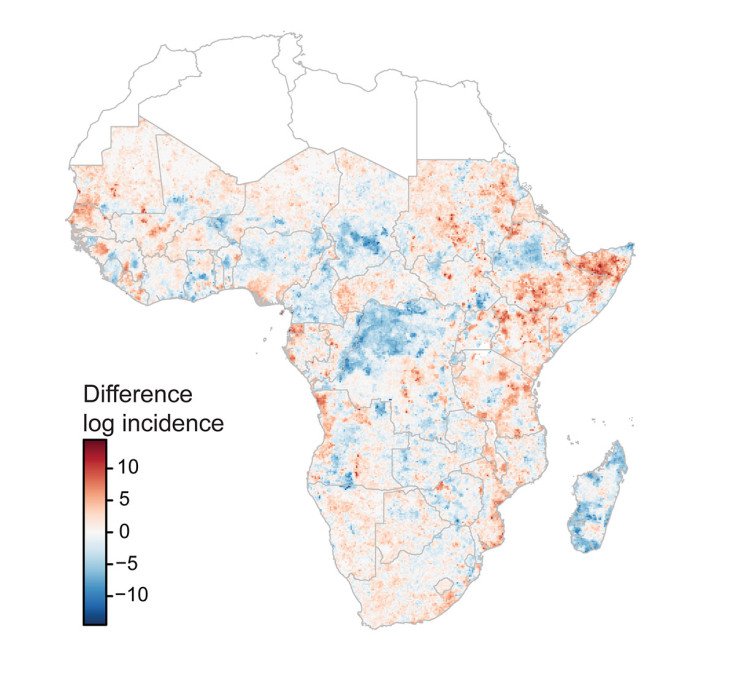Dramatic cholera outbreaks in East Africa linked to extreme El Niño event
Researchers have long suspected that climatic factors can have an impact on cholera outbreaks.

Scientists have established a link between El Niño and cholera epidemics in Africa. While the climatic episode does not increase the total number of cases, it changes the distribution of the disease throughout the continent.
Researchers have long suspected that climatic factors can have an impact on cholera outbreaks. A study conducted in Bangladesh revealed an association between the El Niño-Southern Oscillation (ENSO) cycle and cholera. El Niño is a climate cycle which has a global impact on weather patterns including tropical storms and drought.
In Africa, the extreme 2015–2016 El Niño event was followed by multiple cholera epidemics, including the largest outbreak since the 1997–1998 El Niño in Tanzania. Unlike in Bangladesh however, no rigorous scientific study had so far been conducted to investigate this association.
The new research published in the Proceedings of the National Academy of Science is the first to tackle this issue.
Lead author Sean Moore, from Johns Hopkins Bloomberg School of Public Health, told IBTimes UK: "Countries report country-level data about cholera every year to the World Health Organisation, but their reporting is believed to be incomplete. Researchers have estimated the burden to be 10 times higher. With our study, we have been working on improving the understanding of when and where cholera occurs at a sub-country level, so that we have a better understanding of the epidemiology of cholera and are better able to do prevention and control".
High-resolution mapping
The scientists analysed data from over 17,000 annual observations of cholera incidence between 2000 to 2014, in over 3,000 unique locations throughout the continent.
They created high-resolution maps of cholera incidence and discussed the factors that could explain the outbreaks – whether population density, access to drinking water, access to sanitation, and distance to nearest major water body. They then compared the distribution of the disease between El Niño and non-El Niño years.
The scientists found that while the total number of cholera cases did not vary between El Niño years and non-El Niño years, the geographic distribution of cases did. There were approximately 50,000 additional cases in East Africa during and following El Niño years and 30,000 fewer cases in southern Africa.

Cholera is a water-borne disease and water supplies play a very important role in how it is spread. Thus, increased rainfall in East Africa partly explained why the number of cases exploded during El Niño. However, in some countries plagued by El Niño-related droughts, the threat of cholera also looms.
"It seems like rainfall is one factor involved in the spread of the disease – but not the only one. We saw an association between rainfall and disease, at least in the few regions of East Africa where we know that rainfall tends to be higher during El Niño years", Moore pointed out. "But in some drier areas where an increase in cholera has been noted, the link between decrease in rainfall and cholera could be explained by a reduction in the availability of clean drinking water sources".
Current climate forecasts can predict El Niño events up to 12 months in advance and this study points to the areas that may be affected – and to where resources and prevention strategies should thus be directed.
Effective care and prevention can greatly reduced cholera mortality, and the researchers believe that increasing disease surveillance and preparedness in response to El Niño predictions could help reduce the burden and the human cost of cholera.
© Copyright IBTimes 2025. All rights reserved.






















